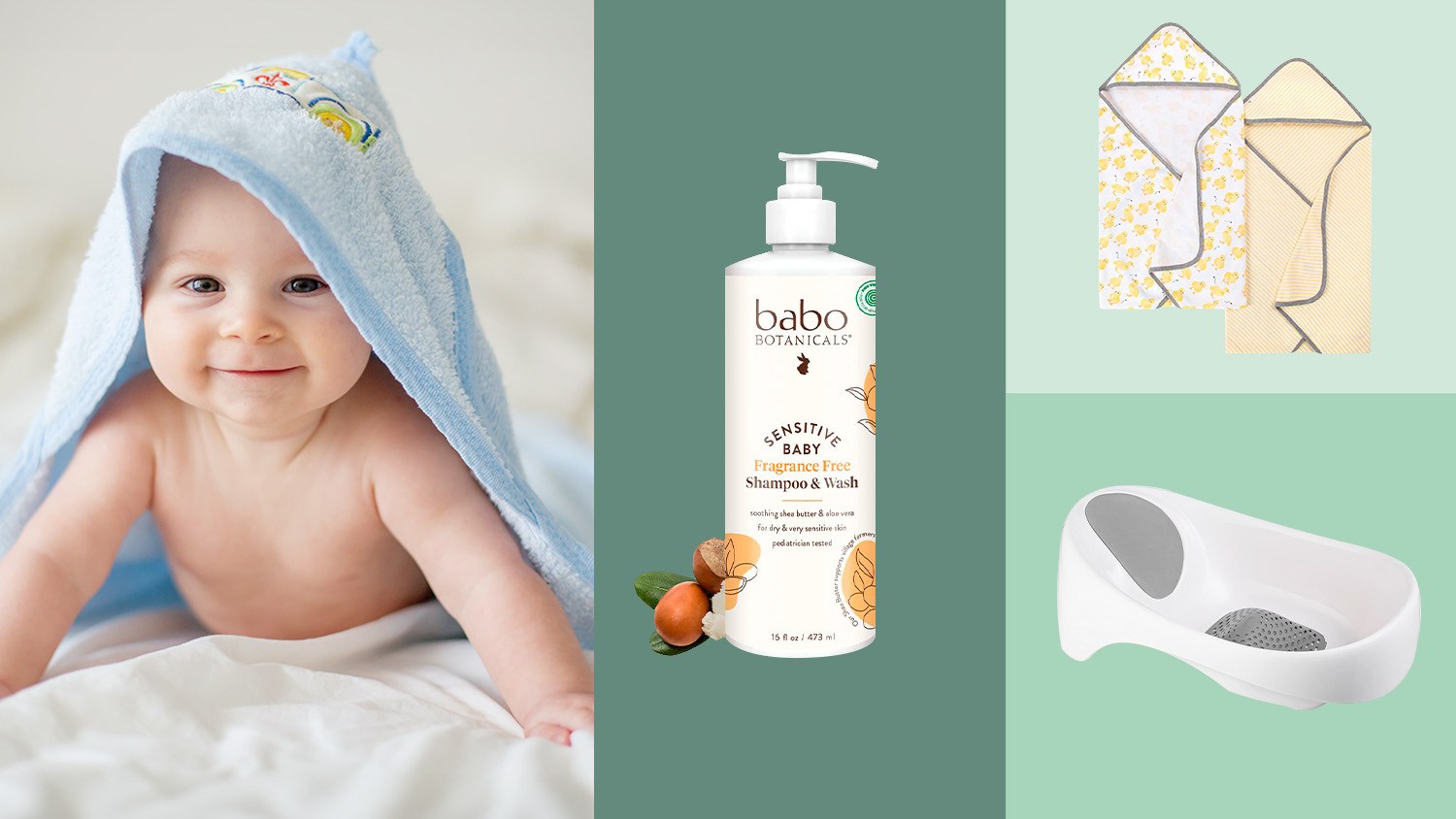(WFXR) – Spring means that dining on fresh fruits and vegetables is just around the corner.
To ruin your excitement, the Environmental Working Group (EWG) has come out with their annual “Dirty Dozen” list of the top fruits and vegetables that contain the highest traces of pesticides.
Without trying to be a complete Debbie Downer, EWG has also come out with its “Clean Fifteen” list that spotlights fruits and vegetables with the lowest traces of pesticides.
First, the “Dirty Dozen” list. EWG looks at 46 items that were contaminated with more pesticides than other crops, courtesy of data from the USDA.

- Strawberries
- Spinach
- Kale, collard and mustard greens
- Nectarines
- Apples
- Grapes
- Cherries
- Peaches
- Pears
- Bell and hot peppers
- Celery
- Tomatoes
Key findings in EWG’s study includes:
- More than 90-percent of samples of strawberries, apples, cherries, spinach, nectarines, and leafy greens tested positive for residues of two or more pesticides.
- A single sample of kale, collard and mustard greens showed up to 20 different pesticides.
- Spinach, on average, had 1.8 times as much pesticide residue, by weight, as any other crop tested.
- Hop and bell peppers had the most pesticides detected (115 in total) and 21 more than the crips with the second-highest amount (kale, collard and mustard greens).
Ok, now lets look on the brighter side with the list of the “Clean Fifteen.”

- Avocados
- Sweet corn
- Pineapple
- Onions
- Papaya
- Sweet peas (frozen)
- Eggplant
- Asparagus
- Broccoli
- Cabbage
- Kiwi
- Cauliflower
- Mushrooms
- Honeydew melon
- Cantaloupes
Key findings in this part of EWG’s study includes:
- Avocados and sweet corn were the cleanest with fewer than two-percent of samples showing any detectable pesticides.
- The first seven “Clean Fifteen” crops tested positive for three or fewer pesticides on a single sample.
- Almost 70-percent of “Clean Fifteen” fruit and vegetable samples had no residue of pesticide.
- Multiple pesticide residues are extremely rare on “Clean Fifteen” vegetables. Only eight-percent of “Clean Fifteen” fruit and vegetable samples had two or more pesticides.
To view the full list of fruits and vegetables tested, and how they read, click here.



















